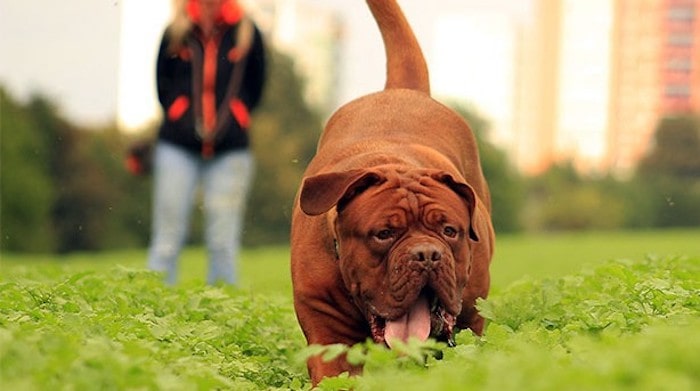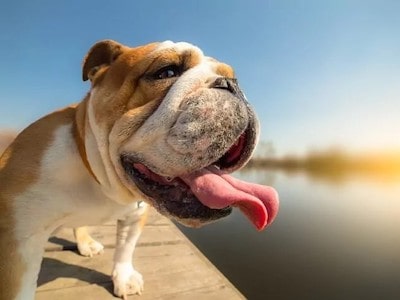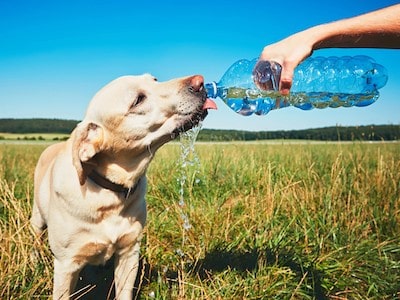As the summer months approach, it’s crucial to understand the risks associated with heatstroke in dogs. According to a veterinary study commissioned by Dogs Trust, a leading animal welfare charity, the most common cause of potentially fatal heatstroke in dogs is exercise in hot weather.

With dogs unable to cool themselves down as efficiently as humans, it’s important to take proactive steps to protect them from overheating. In this article, we’ll explore the causes, signs, and preventive measures to ensure your furry friend stays safe and cool during the scorching summer days.
Table of Contents
Understanding Heatstroke in Dogs
Dogs have limited mechanisms to regulate their body temperature, primarily relying on panting and releasing heat through their paw pads. However, when the air and ground temperatures rise, these natural cooling mechanisms become less effective, making dogs susceptible to heatstroke.

It’s essential to recognize the signs of heatstroke, including heavy panting, excessive drooling, lethargy, vomiting, collapsing, and diarrhea. If left untreated, heatstroke can be fatal for our beloved pets.
Exercise-Related Heatstroke
The aforementioned study revealed that 74% of heatstroke cases in dogs were attributed to exercise, such as walking, playing, or running with their owners.

Surprisingly, a significant 68% of these cases occurred after a simple walk in the heat. Dogs can easily overheat during physical activities, especially when the temperatures soar.
Therefore, it’s crucial to take precautions and modify their exercise routines accordingly.
Preventive Measures to Keep Your Dog Cool:
- Timing is everything: Avoid exercising your dog during the hottest times of the day. Opt for early morning or late evening walks when the temperatures are cooler.
- Hydration is key: Always carry water for your dog during outdoor activities and offer regular opportunities to drink. Ensure the water is cool but not cold to prevent shock.
- Seek shade: When outside, provide your furry companion with access to shaded areas to escape the direct sun. Carry a portable shade umbrella or find shelter under trees.

- Paw protection: Hot pavement or sand can burn your dog’s paw pads. Opt for grassy or shaded areas for walks and consider using protective booties if needed.
- Never leave dogs in cars: Even a few minutes in a hot car can be life-threatening for dogs. Temperatures can rise rapidly, reaching dangerous levels. Avoid this risk altogether by never leaving your dog unattended in a vehicle.
- Recognize your dog’s limitations: Older dogs, overweight dogs, and those with “squishy” faces are more susceptible to heatstroke. Be extra cautious with these breeds and provide them with extra care and attention in hot weather.
What to Do If Heatstroke Is Suspected
If you suspect your dog is suffering from heatstroke, it’s crucial to act quickly. Move your dog to a cooler location, preferably with air conditioning or a shaded area. Contact your veterinarian immediately for professional advice.
Offer your dog cool (but not cold) water to drink and pour small amounts of room temperature water on their body.
The goal is to gradually lower their body temperature without causing shock. Remember, prompt veterinary attention increases the chances of a full recovery.
Conclusion
As responsible pet owners, it is our duty to protect our furry companions from the dangers of heatstroke during the summer months. By understanding the risks, recognizing the signs, and implementing preventive measures, we can ensure our dogs stay safe, happy, and healthy.
Remember to prioritize their well-being by adjusting exercise routines, providing shade and hydration, and never leaving them unattended in hot cars. Let’s make this summer a safe and enjoyable season for both humans and their beloved four-legged friends!


